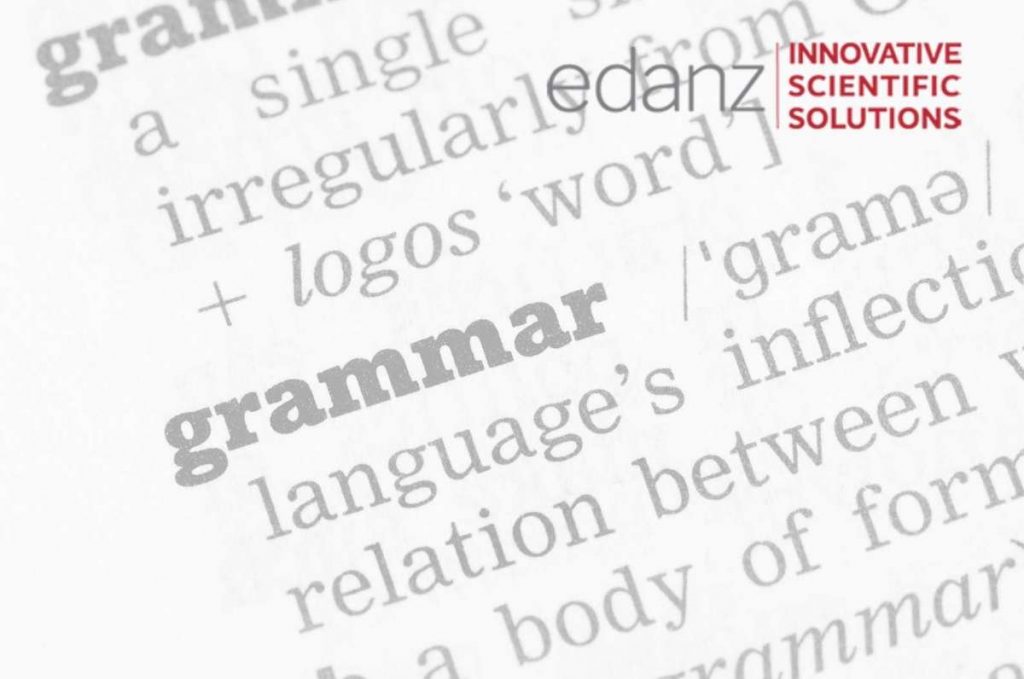Writing well involves a lot of practice, but one of the first ways to start improving your writing is through good grammar. This post deals with the commonly confused words, “which” and “that.”
Which or That?
Whether to use that or which, is a question that even confuses many native English speakers. Even some of our best editors are stumped by it. The rules are a bit complicated, and differ slightly between British and American English, so to keep things simple, the basic rule of thumb is to use that before a restrictive relative clause and which before anything else.
Restrictive clause – that
A restrictive clause is a section of text that provides essential information about the noun that comes before it. If you leave out this information (the “clause”), the meaning of the sentence is affected – in fact, it probably won’t make much sense at all!
For example:
Companies that build bridges are usually construction companies.
The words that build bridges restrict what kind of companies are being discussed. Without them, the sentence simply says that most companies are construction companies, which obviously isn’t true. Including a restrictive clause thus provides important details the reader needs to know and helps define what exactly you’re writing about.
When using restrictive clauses, commas are not needed (you’ll notice there’s no punctuation around that build bridges). This is because the information in a restrictive clause is essential to defining the noun. You can think of “companies that build bridges” as one big noun.
*Note: Strictly speaking, there are some cases in British English where using “which” would not be incorrect. However, for simplicity and uniformity, at Edanz we follow the American usage, because it makes it easy to stay out of trouble.
Non-restrictive clause – which
A non-restrictive clause is a section of text that contains extra information that can be left out of the sentence without affecting the meaning. These can be introduced by which, whose, who, or whom, but NOT that.
For example:
There has been a collapse in the price of oil, which is essential to economic growth.
Bananas, which are inexpensive, are a great source of potassium.
Bananas are generally cheap, so omitting which are inexpensive doesn’t affect the meaning of the sentence. By the same approach, which is essential to economic growth can also be omitted without affecting the meaning.
Non-restrictive clauses are usually surrounded by, or preceded by, commas.
If you’re unsure whether the text you’re adding is restrictive or non-restrictive, try reading the sentence with and without the information to be added.
If the sentence still makes sense without the extra details, it’s probably a non-restrictive clause and should use commas and which.
Grammar and punctuation are among the top reasons for being rejected by a journal. To ensure the language in your manuscript is publication-ready you should have a native-English-speaking expert in your field edit for grammar, clarity, and accuracy of scientific expression.




